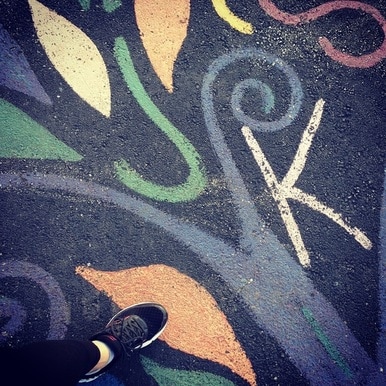 Remember when running was fun? When was that? I think we, as age groupers, sometimes forget that this sport we've chosen is supposed to be fun. We get so wrapped up in training plans, nutrition, pacing, entry fees & mile splits that we forget why we run. It certainly isn't for prize money or product endorsements. We get a t-shirt, maybe a medal, sometimes a cold beer or a slice of pizza (although I did win a whole pizza at one race!) and the self-satisfaction of a job well done. I'm reminded of one of those "what we think we look like and what we actually look like" memes. The first image is of a runner, beautifully striding down a track while the second image is a little kid barreling along, limbs all pellmell. Maybe we should be running like that little kid more often. That's when running was fun, remember? We didn't care about form or speed—we cared about having fun with our friends. I dare you to at least take a moment on your next run to smell the lilacs or skip the hopscotch game on your way through the playground. Go ahead... I dare you! Today's workout was general strength training including core and MYRTL. Plus a nice long walk. I stopped to smell the lilacs and hopped my way through the playground! And it was fun!
1 Comment
 I recently had the joy of watching high school runners compete at the 2014 Muskego High School Cross Country Invitational. I am a running geek so I get a thrill out of watching a televised marathon (something most would probably equate with watching paint dry). Watching these kids compete was not only fun, but inspiring. I saw kids literally gut out finishes. You knew it hurt—you could see it in the grimaces and fatigue that creased their faces. It didn’t matter if they were battling for first place or last, none of these kids were just jogging it in. I saw amazing kicks that sent some hurtling past competitors. I saw relief and desperation on the faces of some as the finish line came into their view. There was no quit in them, whether they were in first or last place—it was gutsy determination that made viewers’ hearts balloon up into their throat as they cheered the runners to the finish line. These runners did more than finish what they started—they kicked it into their own personal high gear and left everything they had on the grass that morning. Congratulations to all of the runners that finished that day. I don't care if you came in first or last, you all showed gutsy determination that is inspiring! Fall means the start of school and the start of football season, although the last few Friday nights have not exactly felt like football weather! We had fog roll onto the field for the first official game of the season and it was shorts weather for the second game. I thoroughly enjoy high school football and I rarely missed a game when my daughter cheered for her high school. My boyfriend's son plays for his high school team and it is great fun to take to the bleachers under the Friday night lights once again! Copyright 2014 Robyn Adair Photography
I attended the Festival of the Horse & Drum at the Kane County Fairgrounds a couple of weeks ago. After walking around for awhile, I spotted a Friesian being warmed up for a performance in the main arena and I was on a mission. The poor rider probably wondered why he was being stalked throughout the fairgrounds but I was determined to get a photo before they entered the arena. Fairgrounds can be a difficult place to shoot—a lot of bright white gravel, buildings in the way and clutter! I decided to focus on the horse's legs, trying to capture the feathers on the legs and avoid the clutter that surrounded us, as they piaffed and passaged their way around the warm-up arena. I intentionally over-exposed because I liked the contrast of the black horse and the white terrain. Once in Photoshop, I upped the contrast to bring out the black vs. white. The result was this dreamy image!
 I recently vacationed "up north" in Cable, Wisconsin. There was an inlet at the resort that was covered in lily pads. It almost felt as though I might be able to walk across parts of the inlet with all the lilies floating in the water. While I liked the image of the open lily with the sun shining through the petals, I felt it was a very common image. Water lilies close at night and I found a few that had not opened completely yet that morning. I like the image of the partially opened lily image more—it is a little more interesting. I did not find any frogs sitting on any lily pads though!!!  This is Arthur's version of sitting on the porch with a cup of coffee. He loves to sit in the living room window—his back half on the ottoman, his front half on the window sill—as he watches the birds conduct their own morning routines. I like how the camera catches his ear and chin fuzzies and the little glint in his eye as he daydreams about interrupting the birds' routines. His face is filled with peace but his tail defies that look with its tiny, almost imperceptible twitches that are a sure sign he'd prefer to have one of those birds for breakfast! Copyright 2014 Robyn Adair Photography
 I had always wanted a fire pit. I used to camp quite a bit in my 20's and love the campfire. How cool would it be to have campfires in my backyard? And so, a fire pit was built. And only used maybe three times. It seems that I am terrified of building a fire and possibly burning my house down. I don't use my Coleman grill for the same reason. The fire pit languished, becoming a home for weeds and at one point, baby bunnies. One day, when I was complaining about the weeds in the pit, my mom suggested that I make it a giant planter. What a great idea! Ten 40 lb. bags of dirt, some muscle power and a lot of sweat later, my fire pit garden was born! I have salvia, dahlias, impatiens and a few other plants in there, including a tomato plan that is now taller than the tallest garden horse planter! A log that refused to burn in the fire pit was also added to the décor. What was an overgrown, weedy eyesore is now a beautiful addition to my backyard! 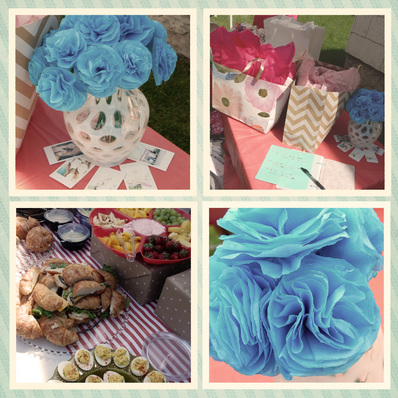 50's inspired food and decorations! 50's inspired food and decorations! My daughter is getting married in August and last weekend, we celebrated with a 50's inspired bridal shower. My daughter always loved playing "dress up" as a little girl, so it was fitting that the 50's inspiration was incorporated into the shower theme. What a beautiful day we had—tasty food, sweet decorations and of course, wonderful friends!
|
Robyn AdairSenior Portraits Archives
June 2023
Categories
All
|



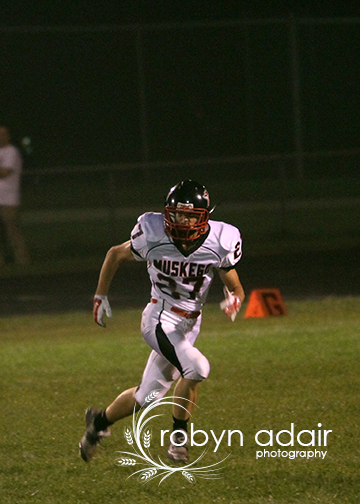
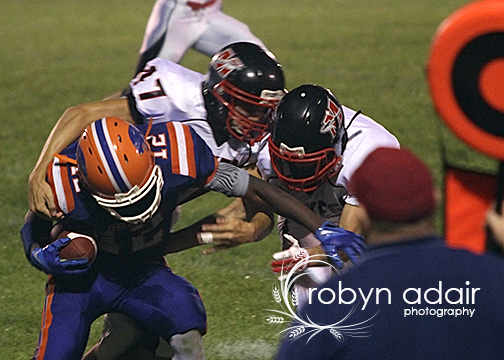
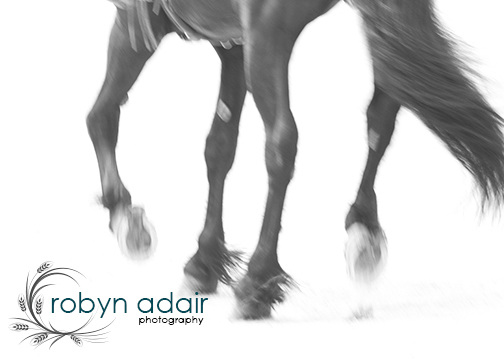
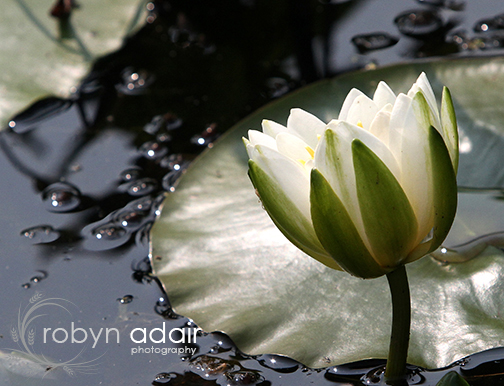
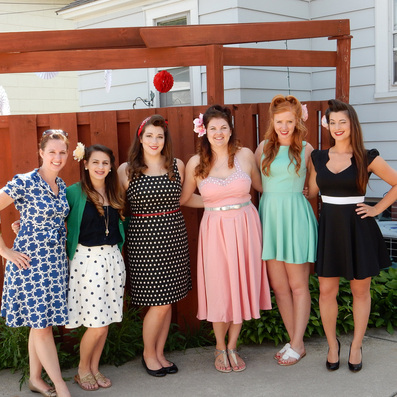
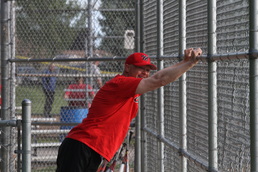
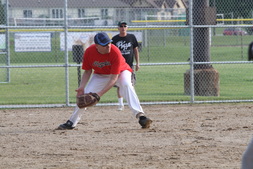

 RSS Feed
RSS Feed